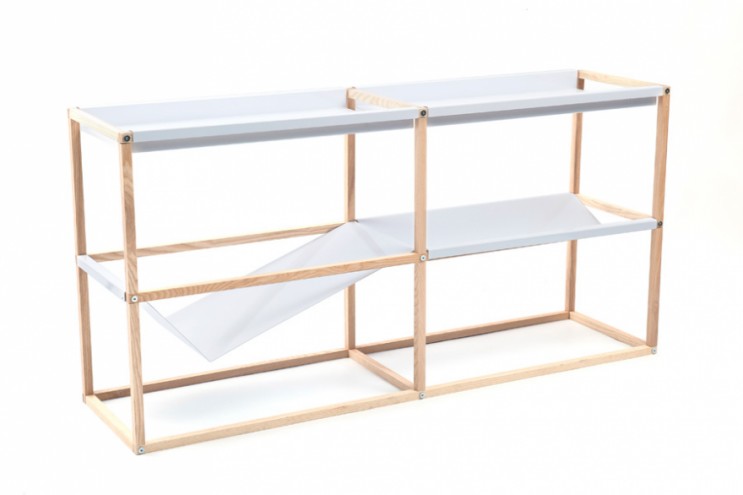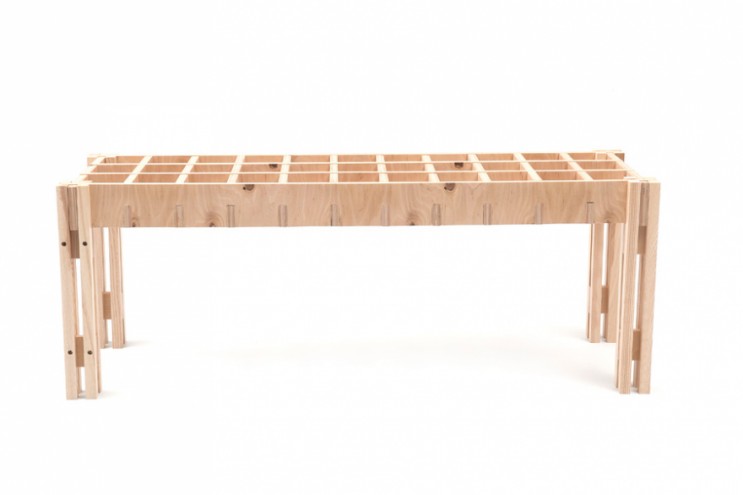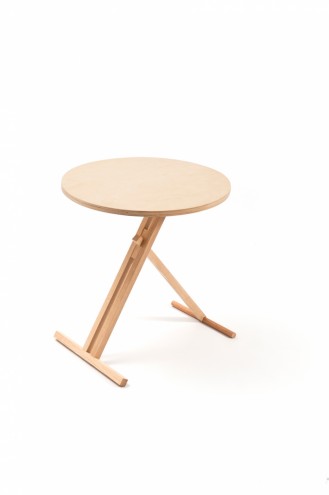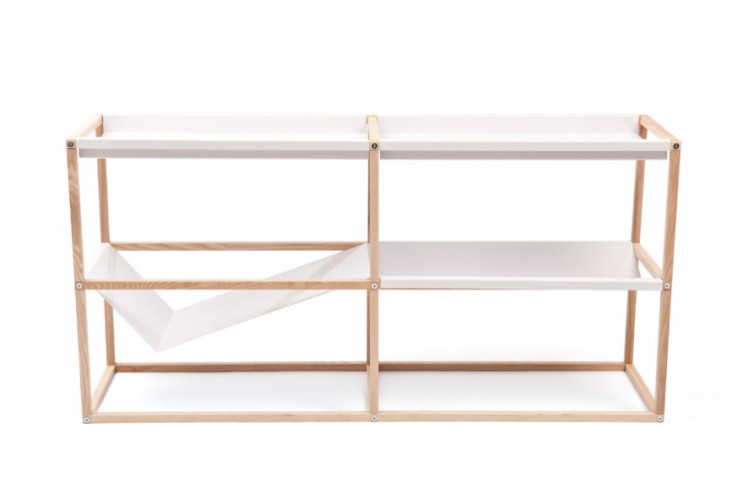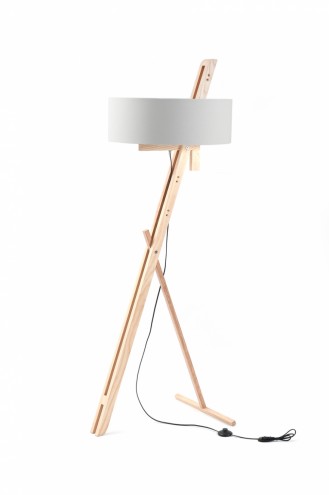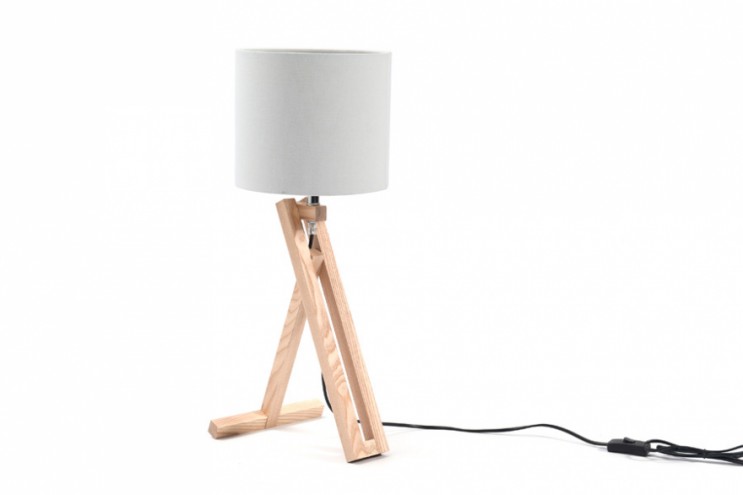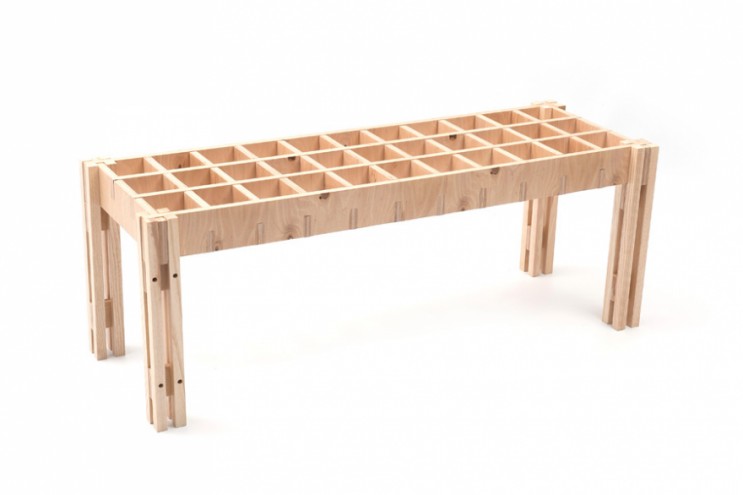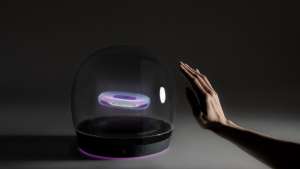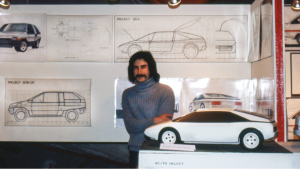Part of the Project
Meet the family. There’s Die Oom (The Uncle), Boetman (Brother Man) and Die Melkman (The Milkman). They’re the Family of Furniture, “descendants” of Cape Town architect Jan Douglas.
Douglas’s Made by Hand collection of low-tech furniture designs started as a hobby about two years ago. “As an architect I’m interested in different things, like furniture design, and it is always interesting to do smaller things and see them come to fruition in a short space of time,” he explains.
After showcasing his Family of Furniture at Design Indaba Expo 2012, as part of the Emerging Creatives platform, interest in Douglas’s designs, with their quirky Afrikaans names, piqued.
It was at Design Indaba Expo that buyers from mass-market retailer Mr Price Home spotted him and approached him about participating in their Co-Lab initiative.
Mr Price Home’s Co-Lab sees the retailer collaborating with trending local designers to create a home-grown range that showcases the unique and distinct talents and styles of South African designers.
Working with Mr Price Home was a “slow process” but Douglas emphasises that they were very supportive throughout. Eventually they went ahead with everything Douglas proposed, resulting in their stocking five of Douglas’s pieces: a bench, two lights, a shelving unit and a side table. “They are very flexible,” Douglas says of the Co-Lab team. “I was given the option to manufacture my designs myself but unfortunately I don’t (yet) have the capacity to do that.”
The five Douglas pieces that Mr Price Home manufactured and stocked in their stores across the country have been very well received.
As a possible next step Douglas is interested in the manufacturing side of furniture design. He believes that he’ll be able to do more, and innovate more, if he is able to manage the manufacturing side of his designs.
“It’s relatively easy to design and then get other people to manufacture it, but it’s an entirely different business manufacturing it and putting it together.”
The collection started as small-scale stuff that would allow Douglas to “fiddle around” and put it together himself. He admits that he’s not “super handy”, so much of it was about just experimenting with designs that he could build himself. He adds: “[The work] reflects my own level of skill in terms of working with my hands.”
The quirky Afrikaans names that Douglas has given the pieces play with a form of narrative. “They’re almost specific characters in small plattelandse dorpies (rural towns) and they do reference my Afrikaans heritage,” he explains.
The design dictates the name of the piece, and the names tend to relate to the object’s intended function, with a playful or ambiguous undertone. With Douglas’s “Kantelknaap” night-light, for example, “kantel” is an outdated Afrikaans word for “bed”, while “knaap” is an old word for “boy”, thus it literally translates as “bed boy”. The humour lies in the reference to “katelknaap”, the colloquial term for the so-called “toy boy”.
While Douglas doesn’t design with implicit meanings he says it is interesting to see how an object takes on a life of its own, wherever it goes. “It is more interesting to see where it goes, rather than putting a meaning into it,” he explains.
Douglas adds: “It’s been a long time since it’s been purely about utility. Does the world really need another chair? Probably not. But that doesn’t remove the need for it.”
Expression is one of the elements informing Douglas’s designs, together with functionality and, more significantly, materials. “Materials influence the design a lot – the capacity and limits of a given material,” he says.
He’s also keen to progress to the next level in furniture design: “I’d like to do the very difficult things… Like designing a good chair. That’s almost impossible to do.”

